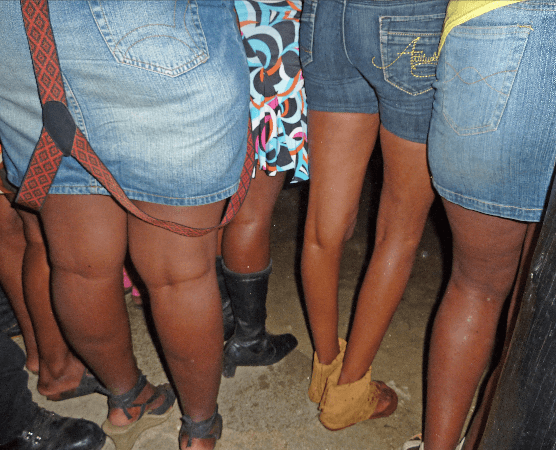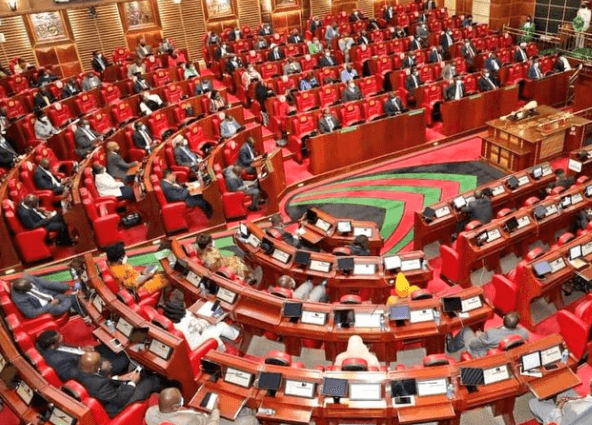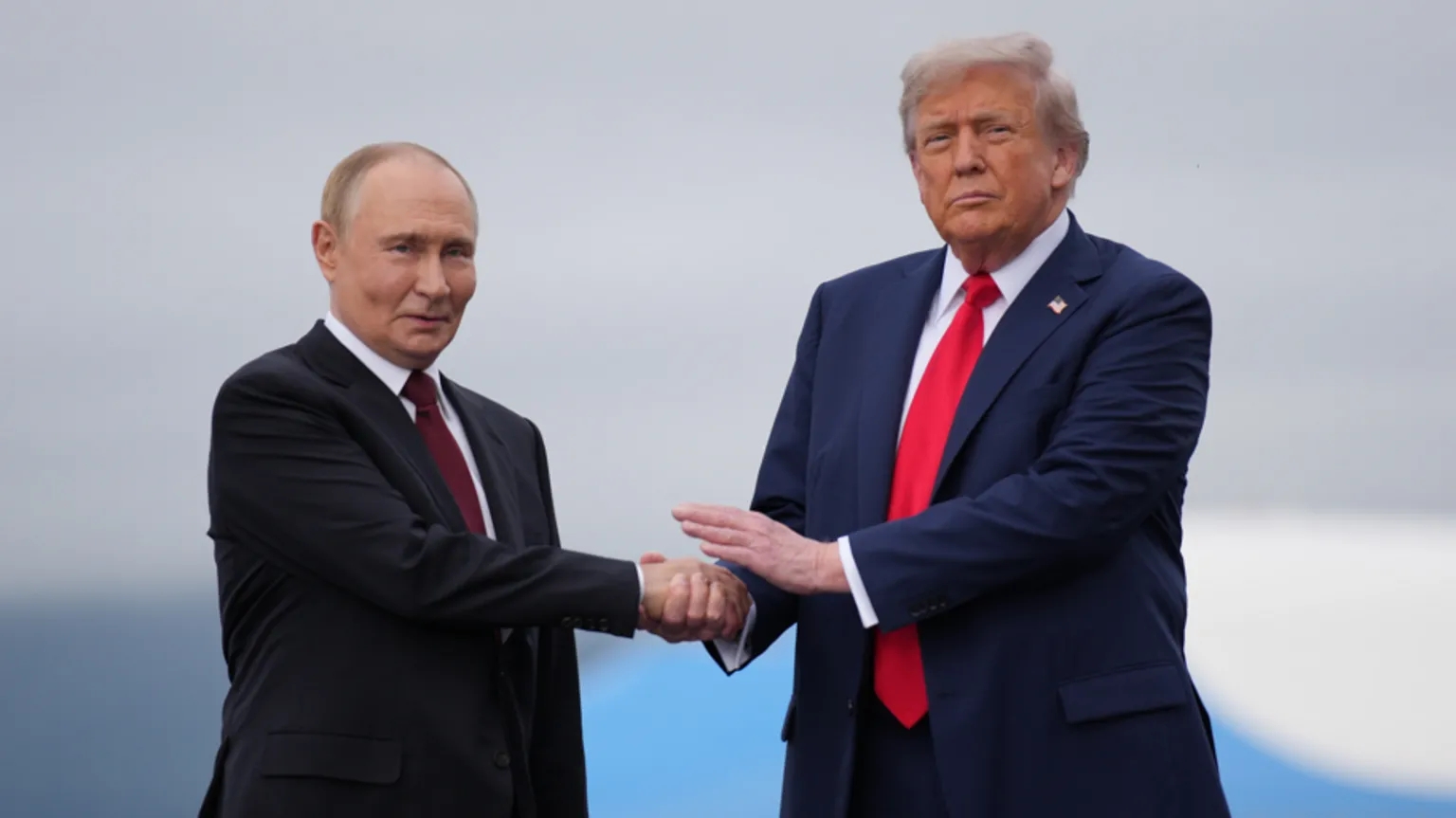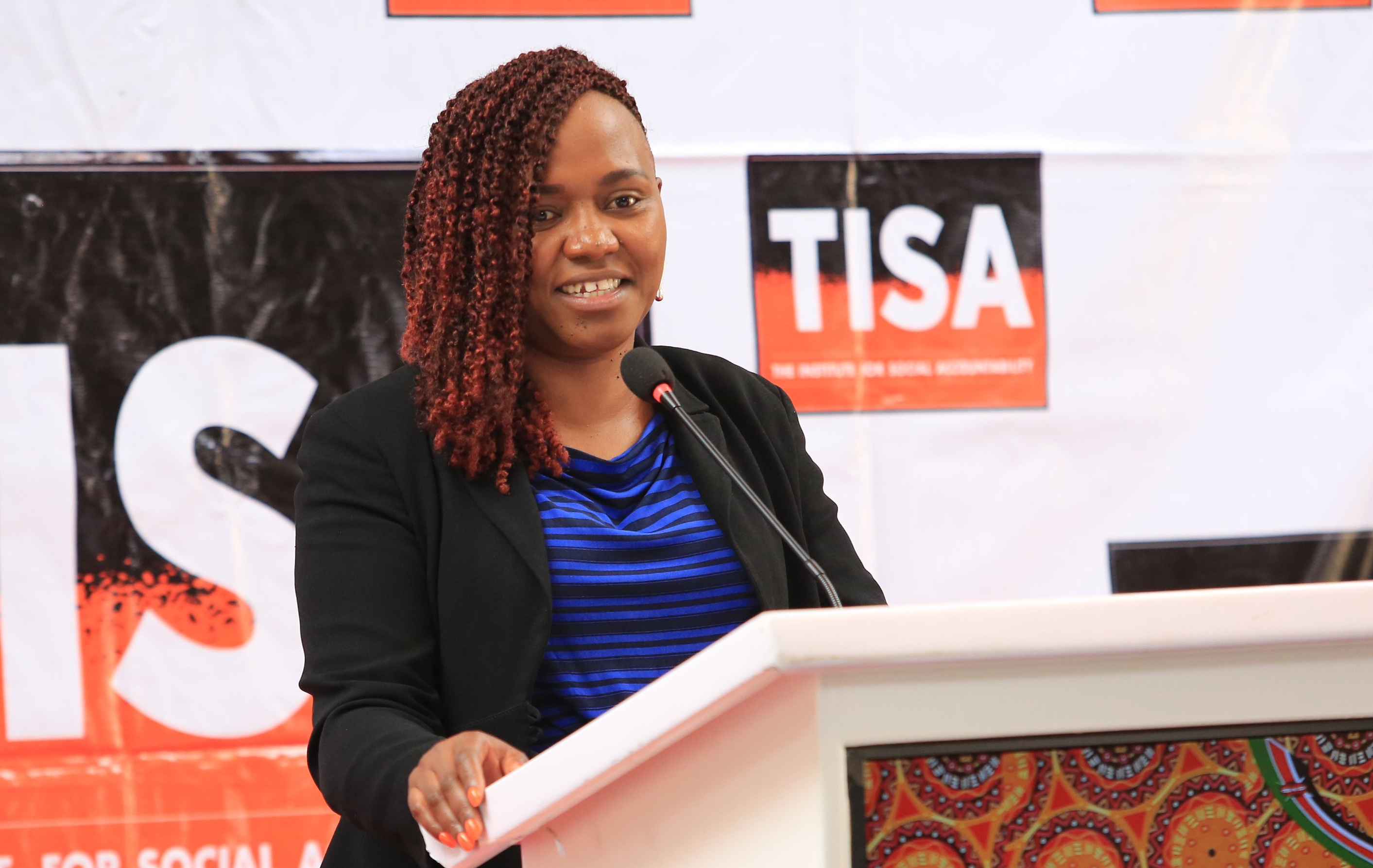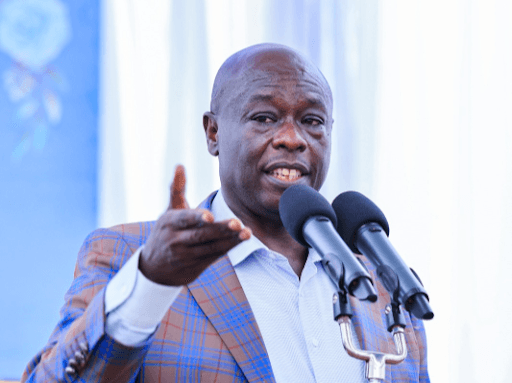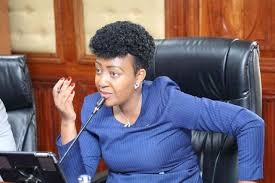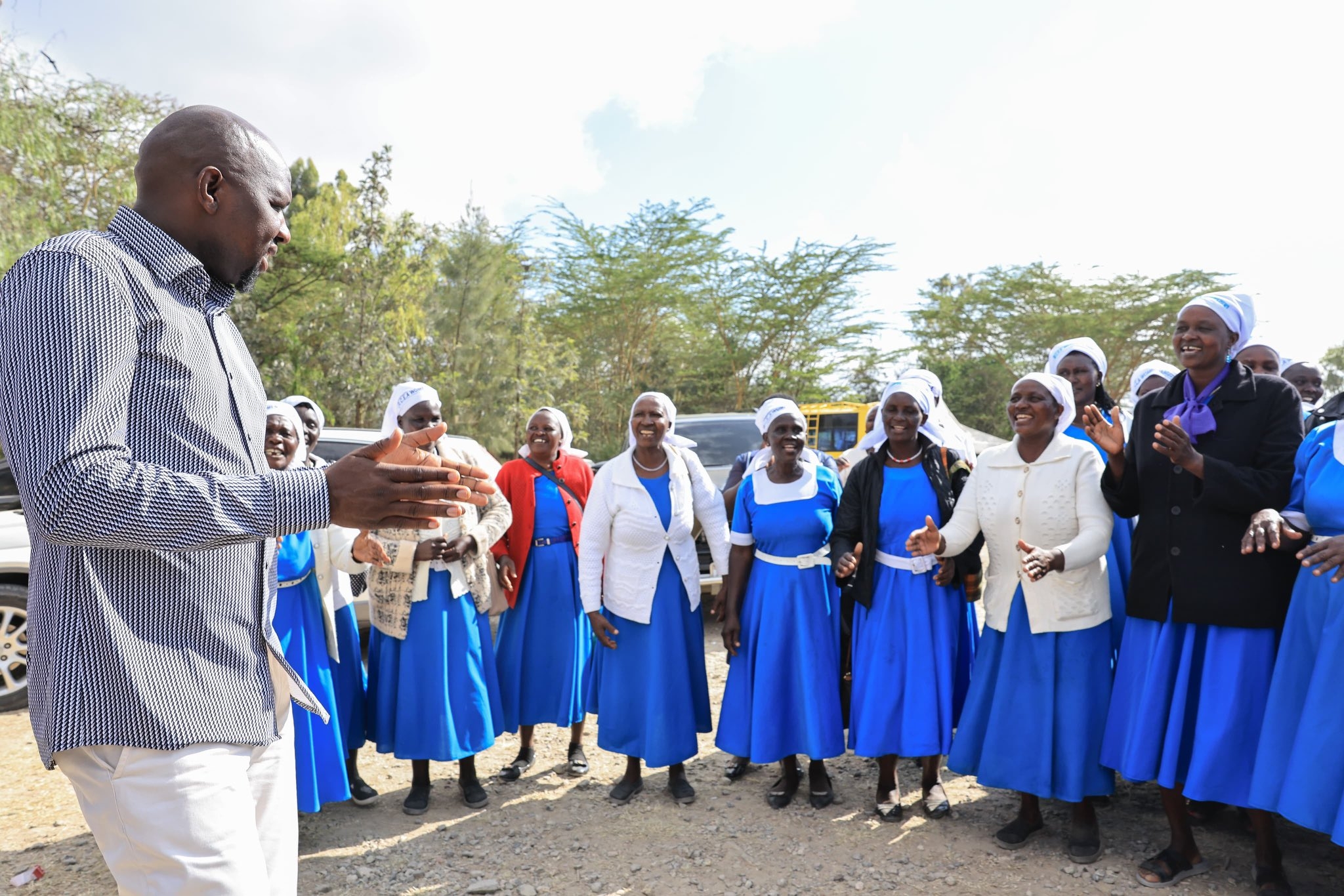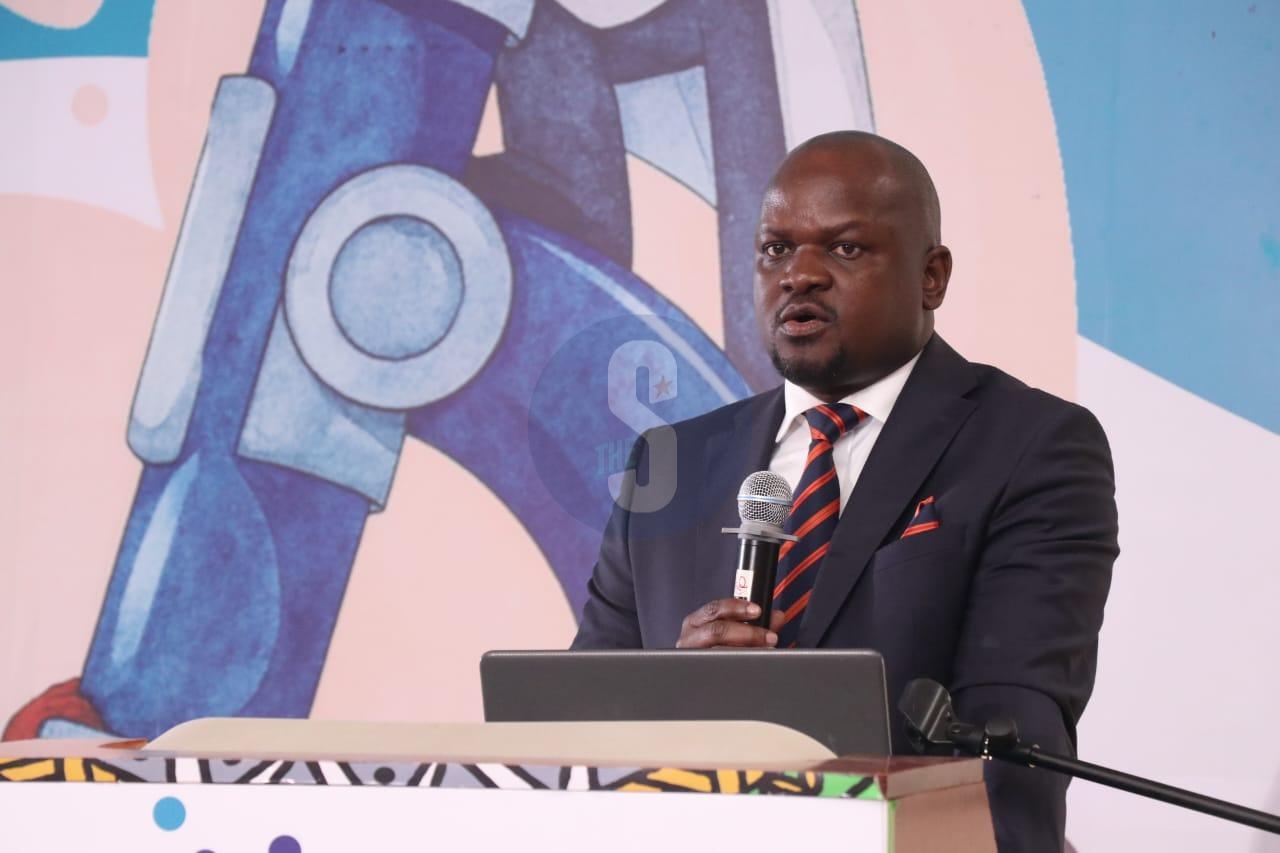
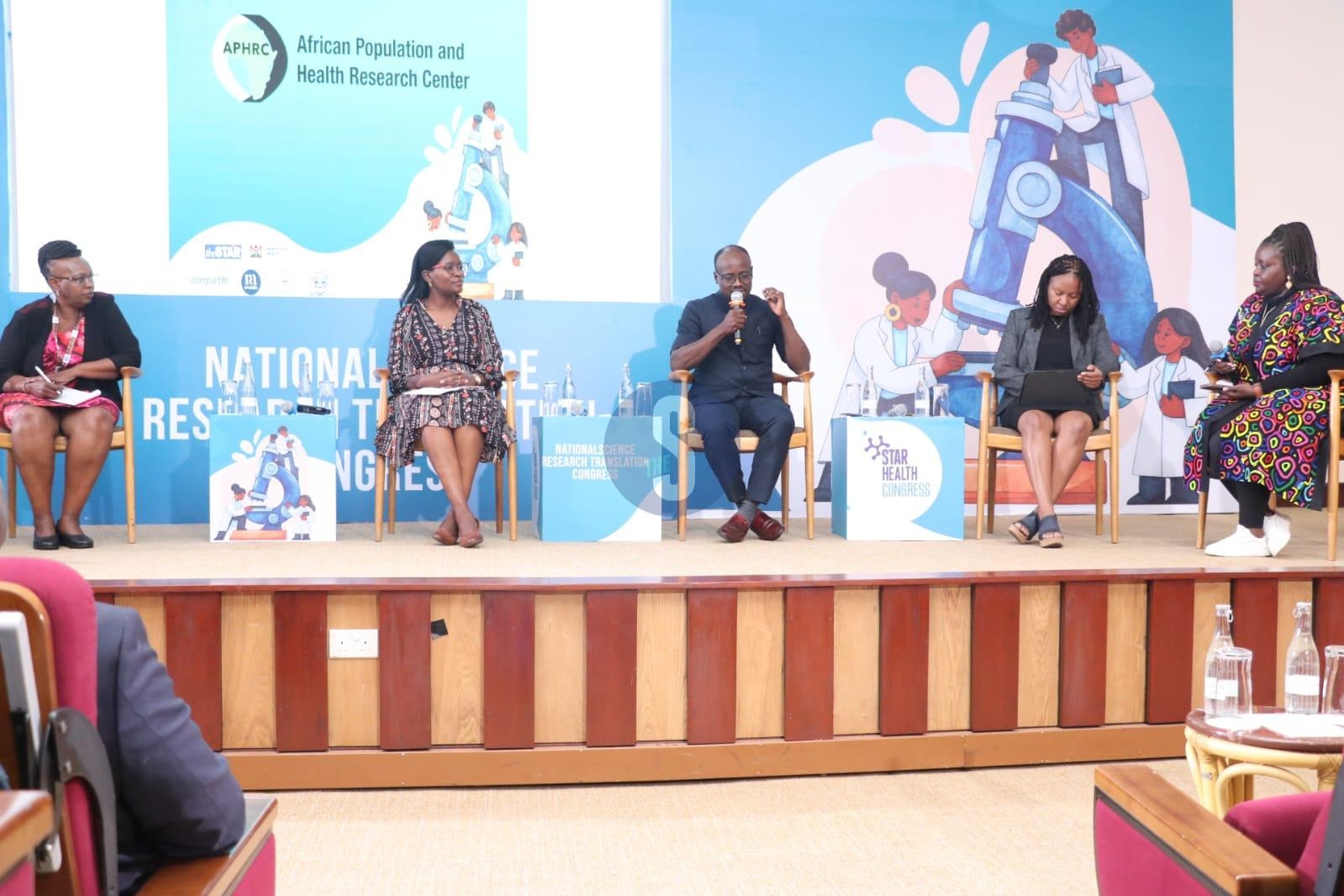
Scientists, journalists, and policymakers must work together to make research findings accessible and useful to communities, experts have said.
They were speaking during a panel session at the National
Science Research Translation Congress by The Star, held at the African
Population and Health Research Center (APHRC) campus in Nairobi.
The session, moderated by Head of Electronic News at Radio
Africa Group Susan Kimachia, explored how research can move beyond academic
journals to inform policy and improve lives.
Panelists included Dr Dorothy Njoroge from the United States
International University (USIU), Defrontera Editor-in-Chief Anne Mawathe, co-director
at the Centre for Epidemiological Modelling and Analysis (CEMA) at the
University of Nairobi Dr Loice Achieng Ombajo, and Dr Chris Baraza**, from the
Christian Health Association of Kenya (CHAK).
Dr Njoroge said universities must redefine how they conduct
research to ensure it directly responds to community needs instead of being
driven solely by funding opportunities.
“Universities need to be deliberate about their research
agenda to ensure it makes a difference,” she said.
“Instead of being laid back and only responding to calls for
funding, it is important to have a clear standpoint that addresses real social
problems.”
She urged academic institutions to align their work with
global priorities such as the Sustainable Development Goals (SDGs) while
developing their own distinct agenda that reflects local challenges.
“We have to move beyond doing research for administrative or
promotional purposes,” she said.
“We must engage policymakers and communities to ensure
research actually changes lives.”
She echoed earlier concerns raised at the congress that over
80 percent of research remains unused, saying the culture of producing
publications without impact wastes valuable resources.
Turning to the role of communication, Mawathe said poor storytelling
and limited collaboration between scientists and journalists have widened the gap
between science and society.
“Science is complicated, and the language is often
inaccessible,” she said.
“Storytelling is an act of translation between worlds of
knowledge what scientists know and what the public needs to understand.”
Mawathe, a veteran journalist, said science communication
must be human-centered, relatable and timely.
She called on scientists to see journalists as partners
rather than outsiders.
"We are allies working towards the same goal,” she
said.
“If researchers let us know early about ongoing work, we can
plan better and tell these stories in a way that makes sense to the public.”
She added that journalists can help scientists simplify
findings into digestible information across multiple platform
“We have the tools, including Instagram, Facebook and
TikTok, to package your work and make it accessible.”
Mawathe said. “We just need stronger relationships and
trust.”
She also challenged scientists to embrace social media
despite their reservations, saying credible experts must reclaim the digital
space from misinformation.
“Unfortunately, misinformation spreads faster than science,”
she said.
“Scientists should
not shy away from using digital platforms to counter falsehoods and make
evidence visible.”
Dr Ombajo, who co-directs the Centre for Epidemiological
Modelling and Analysis (CEMA), said collaboration with policymakers should
begin from the start of any research process, not after results are ready.
Drawing from her experience during the COVID-19 pandemic,
she said CEMA was established to help the government respond to urgent policy
questions with evidence-based insights.
“The best answer you
can give a policymaker is to a question they are asking,” Dr Ombajo said.
“If research does not impact policy, then it is useless.”
She urged scientists to work closely with the Ministry of
Health’s technical working groups to ensure that research addresses real gaps
in service delivery and patient outcomes.
“We need to understand what the Ministry and the hospitals
are struggling with — their pain points — and design research that fits into
their needs,” she said.
At the heart of translation, she added, is partnership:
“It’s not about
having a great piece of evidence; it’s about how that evidence fits into
people’s lives and government priorities.”
From a faith-based perspective, Dr Baraza said faith-based
institutions, which provide nearly 40 percent of Kenya’s healthcare services,
are a vital but often overlooked platform for translating research into real
outcomes.
“We serve communities at national, facility, and community
levels,” he said.
"Faith-based hospitals like Tenwek provide about half
of all cardiothoracic surgeries in the country, yet few know this story.”
Dr Baraza called for stronger partnerships with researchers
and media to document and share such successes.
He also urged more investment in research within the
faith-based health sector.
"We often think about how to pay nurses, not how to generate
new knowledge,” he said.
“But research can help us improve the quality of care and
even strengthen our financial sustainability.”
He said linking research outcomes to measurable service
improvements could transform the sector’s approach to both health delivery and
accountability.
“We must start thinking about outcomes, not just costs,” he
said.
“How do we turn research findings into performance
indicators for hospitals and communities?”
Kimachia acknowledged that the discussion underscored the
need for stronger collaboration between scientists and communicators to ensure
that research findings influence both public understanding and government
policy.
The panelists agreed that closing the gap between research
and real-world application requires sustained engagement, open dialogue, and
intentional investment in communication.
“When we make science clear, contextual, and human, the
public not only listens, they act,” Mawathe said.
The inaugural congress, organized by The Star under the
Radio Africa Group, brought together researchers, policymakers, media leaders, and development partners to discuss how Kenya can bridge the gap between
science, policy, and society.




